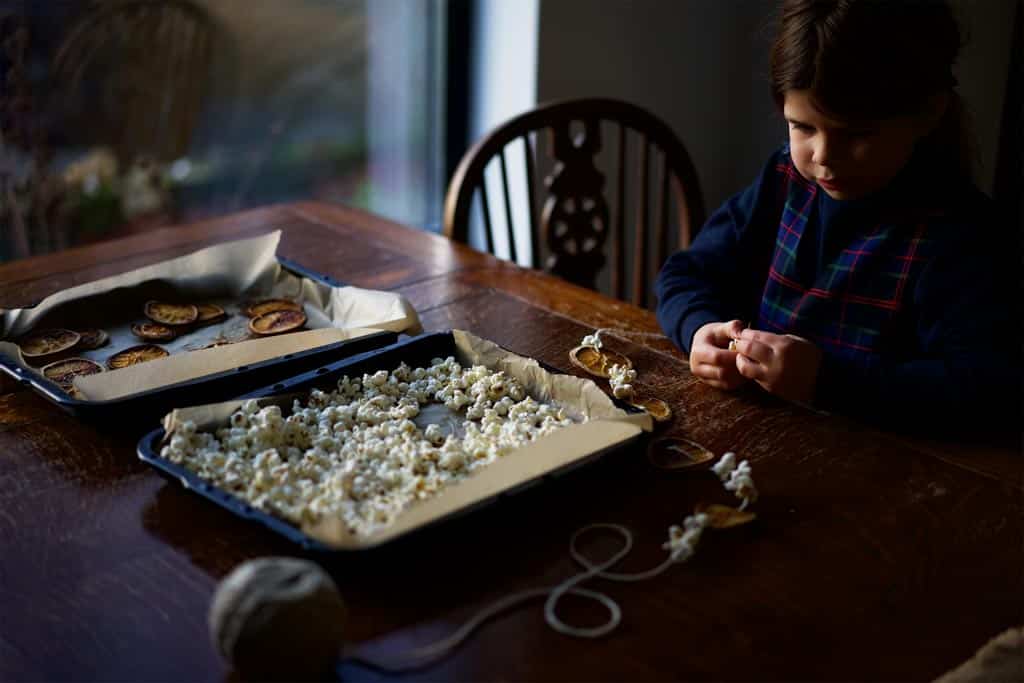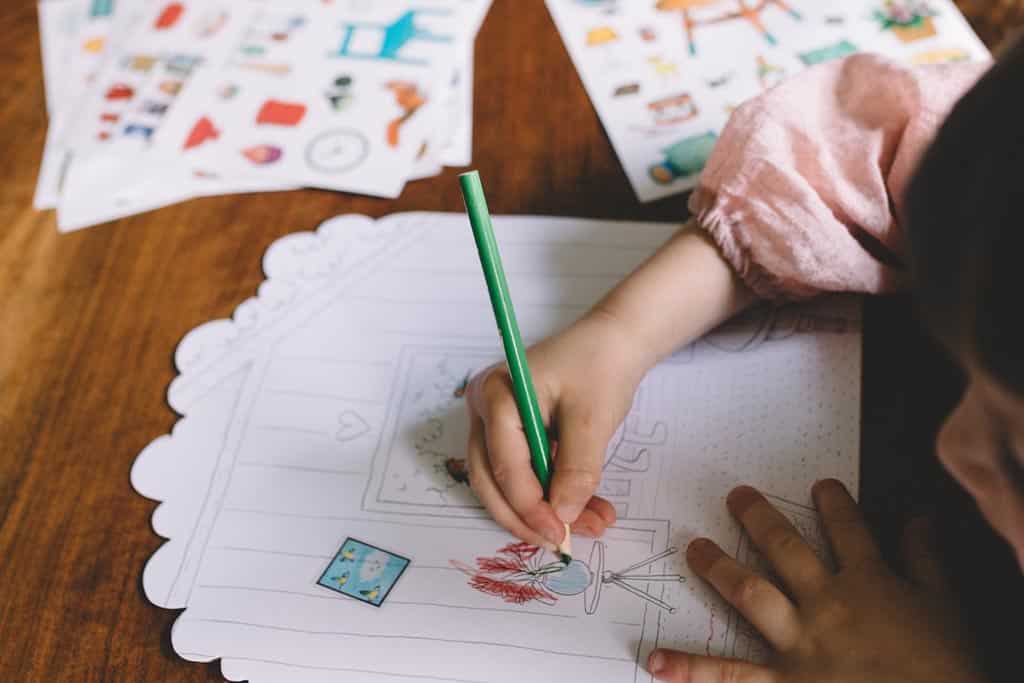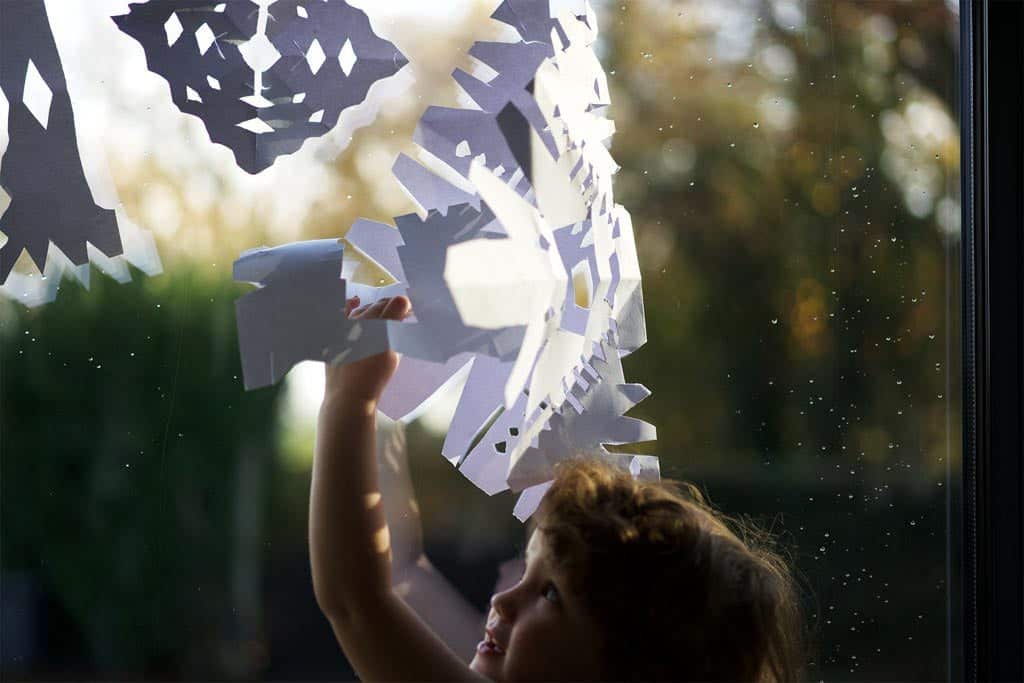Take some pasta.
Anything with a hole in it will do.
Now get some twine.
And slip the pasta pieces onto it one by one.
That’s it. You have successfully completed one of the trickiest, most beneficial preschooler activities of all time.
Threading activities are simple but their impact can be profound.
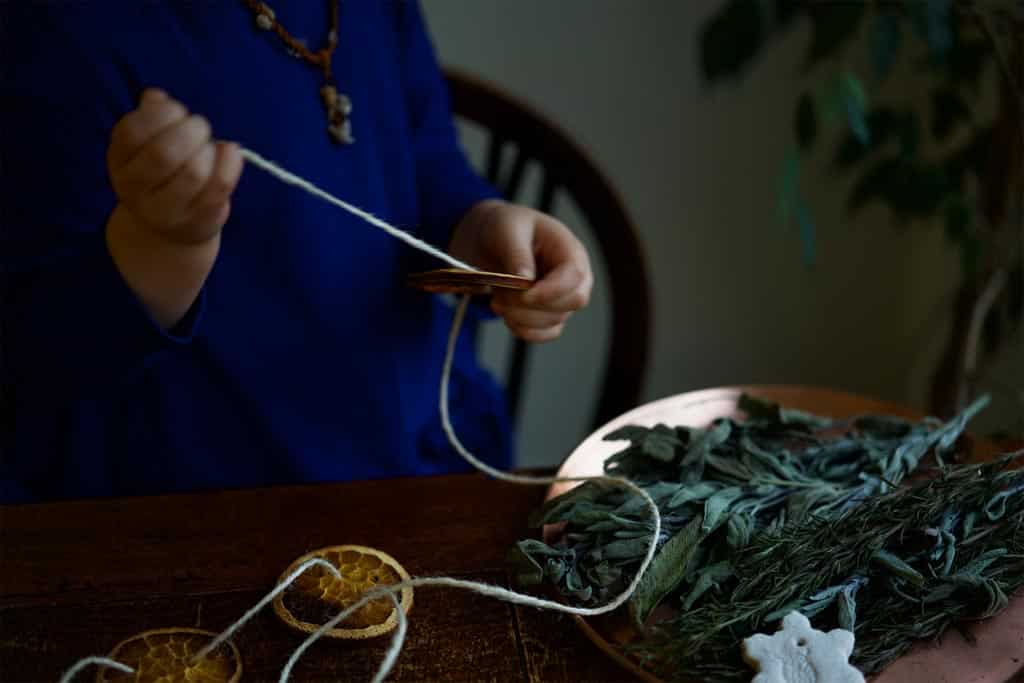
What is threading?
At their simplest, threading activities are nothing more than posting: take something with a hole and push something narrower through it.
Thread curtain rings onto a broomstick, thread washers onto bolts.
It doesn’t matter what you use.
The important thing is to take aim, to hit the target.
Five reasons to introduce threading activities
Threading builds important foundational skills children need for success in everyday life as well as for school.
- Improved fine motor control. Everything from getting dressed to using a pair of scissors demands confident fine motor control.
- Focus and perseverance. Threading is tricky. It takes time to master. And this is good for your child’s confidence. Believing that you are the kind of person who succeeds if they put their mind to something is one of the greatest gifts you can give your child. Steadily increase the difficulty and develop a growth mindset along the way.
- Firmer grip for better handwriting. Hold a pasta tube between your thumb and first two fingers. This is the tripod grip. It’s how you hold a pencil and it’s the work of many years. It’s a fine motor workout par excellence.
- Bilateral co-ordination. And it gets better. You have to hold the pasta tube steady whilst threading the twine through with the other hand. Two steady hands, working together, in what occupational therapists call bilateral co-ordination. It’s the skill you employ to hold paper with one hand whilst wielding scissors with the other. Or holding an exercise book down when writing or pressing a ruler to the page as you draw a line.
- Cross-curricular benefits. This open-ended activity allows children to explore patterns, sequences and materials and as such is a bridge to many other areas of learning.
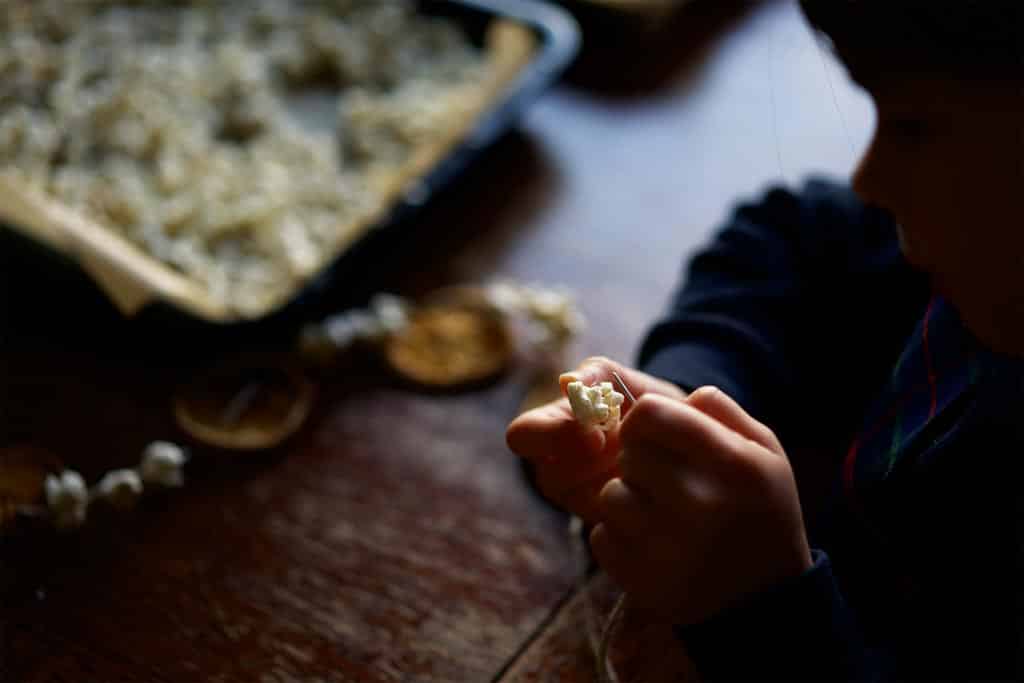
Threading activities for toddlers
Toddlers can get started early with threading activities long before they are able to manipulate beads and threading needles.
- Threading sticks into plastic bottles. Take a plastic bottle and remove the lid. Offer pencils or sticks and watch as your child posts them in. To increase the challenge, screw the lid on and pierce it with a metal skewer or scissors until you have a hole just wide enough to accommodate the sticks. When the play is over, you can store the sticks in the bottle and screw the lid back on. It’s great, portable fun if you ever have to keep your toddler entertained in a cafe.
- Threading through a colander. Grab some pipe cleaners, turn a colander upside down, and let your toddler try to poke the pipe cleaners through the holes. The color pipe cleaners spark a clear invitation to play, and they may only need to see you do it once to give it a try themselves. Younger toddlers may get frustrated with the bending of the pipe cleaners so modeling how and where to grip a couple of times can help build their confidence.
- Threading pasta. Using plain or colourful penne pasta makes for a fun threading activity for toddlers. Find a plastic needle longer than the pasta and grab some yarn. Tie a piece of pasta at one end of the yarn and tape the needle to the other. Give your toddlers a bowl of pasta and let them thread away. If you use colourful pasta, they may be encouraged to create patterns, and don’t be surprised if they ask for more yarn or want to make necklaces, garlands, and window ornaments to hang around the house.
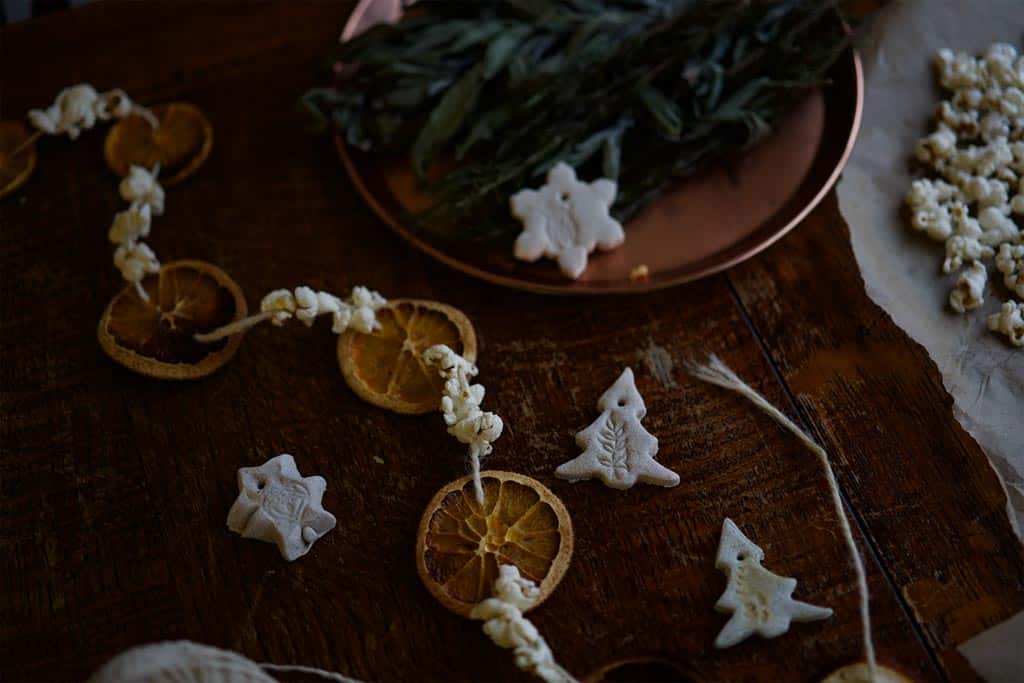
Threading Activities for Preschoolers
As your toddlers progress to preschool age, you can increase the difficulty level. If you find your preschoolers aren’t quite ready, try using pre-punched materials in threading activities that help scaffold their skills to embroidery and sewing.
- Threading with natural materials. Grab some yarn or string and a plastic needle and head outside, allowing children to gather natural materials, such as leaves to thread onto their string. Give them some dried fruit slices to add to pieces that you can hang as natural garlands and wall art. If you forgot your string, gather some fallen sticks and anchor them into mud and allow them to thread onto the sticks.
- Sewing cards. You can find premade wooden sewing cards or simply punch holes into cardboard cereal or packing boxes. Create shapes from the cardboard first, anything from geometric shapes to more difficult shapes like trees and people. Then punch holes about a half-inch from the edge. Make the holes large enough for yarn to go through. Using a plastic needle with yarn taped to it or shoelaces, allow children to sew through the circles, following a basic under-over sewing pattern.
- Sewing felt shapes. If cardboard sewing cards become too easy, then follow nearly the same process with felt. You can trace simple shapes like hearts and circles onto felt. You or your preschooler can cut out the shapes. Make sure you have at least two of each shape and have them sew the two shapes together. The stitching won’t be perfect, but if they want it perfect, you can place dots with a marker around the edge to target where the stitches should enter and exit the felt.
- Nuts, bolts and washers. Add some rotation schema fun to your play. Thread bolts through holes and slide washers onto the other side before tightening on the nut. Try Brio Builder or Meccano.
Final Word
Threading activities can be found everywhere, in the garden, and in the home. Look for opportunities to build those fine motor skills in your developing children by providing varied threading activities each day. Watch for when those activities seem too easy so you can increase the difficulty level and build concentration, skill, and confidence as they grow.

Have you run out of ideas?
What if you didn’t have to trawl the internet for play inspiration? What if your child’s freely-chosen activities were simple to set up, educational and deeply engaging?
How would that change things?
Our courses, A Year With My Child, Get Set Five and 5 Plus are designed for parents of toddlers, preschoolers and the over 5s and they’re packed full of fun and sensible advice.
Enter your email and we’ll send you free modules from each course. And then sit back and relax as your child learns to make her own fun.

